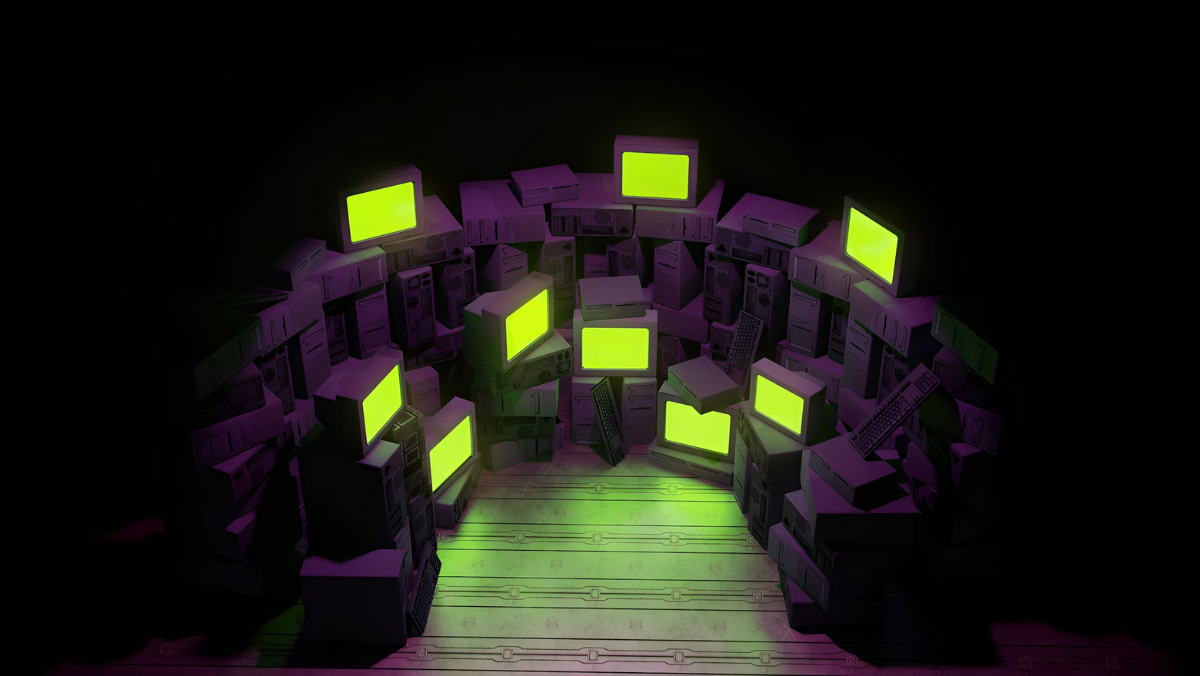According to PwC’s latest outlook, digital formats will account for 80% of all ad revenue by 2029. That prediction doesn’t just reflect a shift in spend, but in logic. Formats now do the work of funnels: they guide, prompt and sequence. And in this month’s roundup, scroll depth replaces IDs, inbox tabs become product surfaces and even UX design becomes a variable in ad pricing.
Teads: Sequencing without surveillance
What is it? Launched in beta on 31 July, Teads’ Connected Ads format delivers two placements within a single article — one mid-scroll, one at the end. Both are served simultaneously but triggered sequentially, based on how far the user has scrolled. No third-party cookies, no user IDs — just scroll behaviour as a proxy for engagement.
What good is it? It’s an open-web alternative to storytelling logic typically reserved for CTV: a beginning, middle, and end, all within a single session. By treating pacing as signal and not just measurement, Teads is attempting to build a brandformance funnel that doesn’t rely on tracking.
From pause logic to scroll logic: Back in June, Meta’s Dynamic Ad Insertion promised personalised sequences built from user identity. Teads flips that logic: sequencing not by who you are, but by how you scroll. If scroll depth proves to be a reliable indicator of interest, this could offer a native sequencing mechanic that feels organic and privacy-respecting, while still driving outcomes.
Dailymotion: Ads that talk back
What is it? EchoAI is Dailymotion’s new AI-powered ad format, released 23 July. It embeds a brand-trained conversational agent into mid-roll video ads, allowing viewers to ask questions — via voice or text — directly within the player, without interrupting playback.
What good is it? It narrows the gap between exposure and explanation. Viewers can interrogate the product or message in real time, with answers confined to brand-safe inputs. The premise is simple: if you’re going to be talked at, you might as well talk back.
From passive stream to pointed query: Most AI ad tools speak at users: generating copy, not conversation. EchoAI breaks that loop by embedding response logic directly into the ad itself. It’s less about selling, more about fielding. Whether users will engage is another story.
Gmail: Promotions tab gets a promotion
What is it? On 1 August, Google began testing a new ecommerce-driven ad format in Gmail’s Promotions tab. Users see a headline product that expands into a carousel of shoppable tiles, complete with real-time price, ratings and shipping labels, all inside the email interface.
What good is it? It pulls the visual logic of Google Shopping into a channel traditionally reserved for text-heavy promotions. No click-through needed; discovery and purchase prompts happen inside the email shell.
Ambient commerce, absorbed: Where May’s Search Generative Experience format restructured the search journey around intent, this brings shopping logic to a space defined by passivity. It’s a functional extension of Google’s commerce play: embedding shoppability into surfaces that users never intended to shop.
X: Attention has a price tag (and a rating)
What is it? On 4 August, X announced its overhauling its ad system to reward simpler, cleaner creative. Aesthetic scoring is now built into the ad auction, with more elegant formats priced more favourably. At the same time, the ‘Explain this ad’ feature is expanding to include brand detail and claim verification, powered by its in-house AI assistant, Grok.
What good is it? It’s a format update disguised as policy. Ads aren’t just bought: they’re graded, explained and modulated by how well they blend into the feed. Visual design, once a subjective variable, is now priced into the system.
Designing for trust, pricing for polish: Just three months ago, X was pushing forced visibility via Explore feed takeovers. Now it’s rewarding design restraint and surfacing ad-level transparency. As brand safety shifts toward feed-level trust, this is a rare case of UX becoming a pricing factor — not just a user consideration.
Kargo x TiVo: Idle time gets productised
What is it? Kargo’s new partnership with TiVo brings two formats to connected TVs: CTV Glass (motion-activated home screen takeovers) and CTV Video (placements between programmes). These units, announced 1 August, avoid interrupting content by bookending it, or appearing in pre-select idle states.
What good is it? Interface latency (the gaps between decisions) are transformed into premium inventory. Viewers are still looking, even if they’re not watching. Kargo’s formats meet them there, capturing attention during interface drift or pre-choice pause.
Claiming the content gap: As CTV matures, ad real estate is shifting from mid-rolls to moments of hesitation. These formats don’t interrupt content — they frame it. For planners, that means building strategies not just around what people watch, but around when they’re about to choose.

